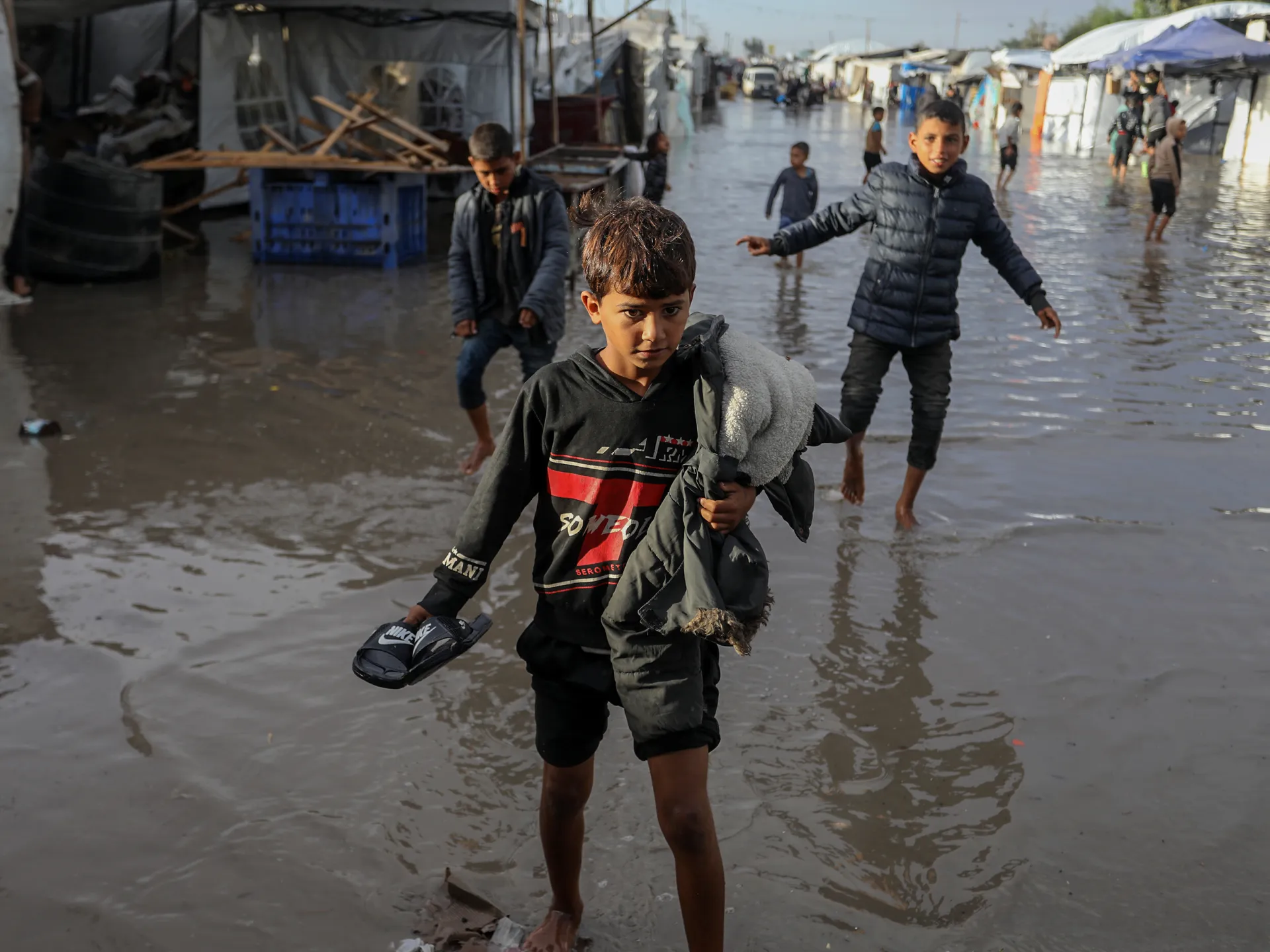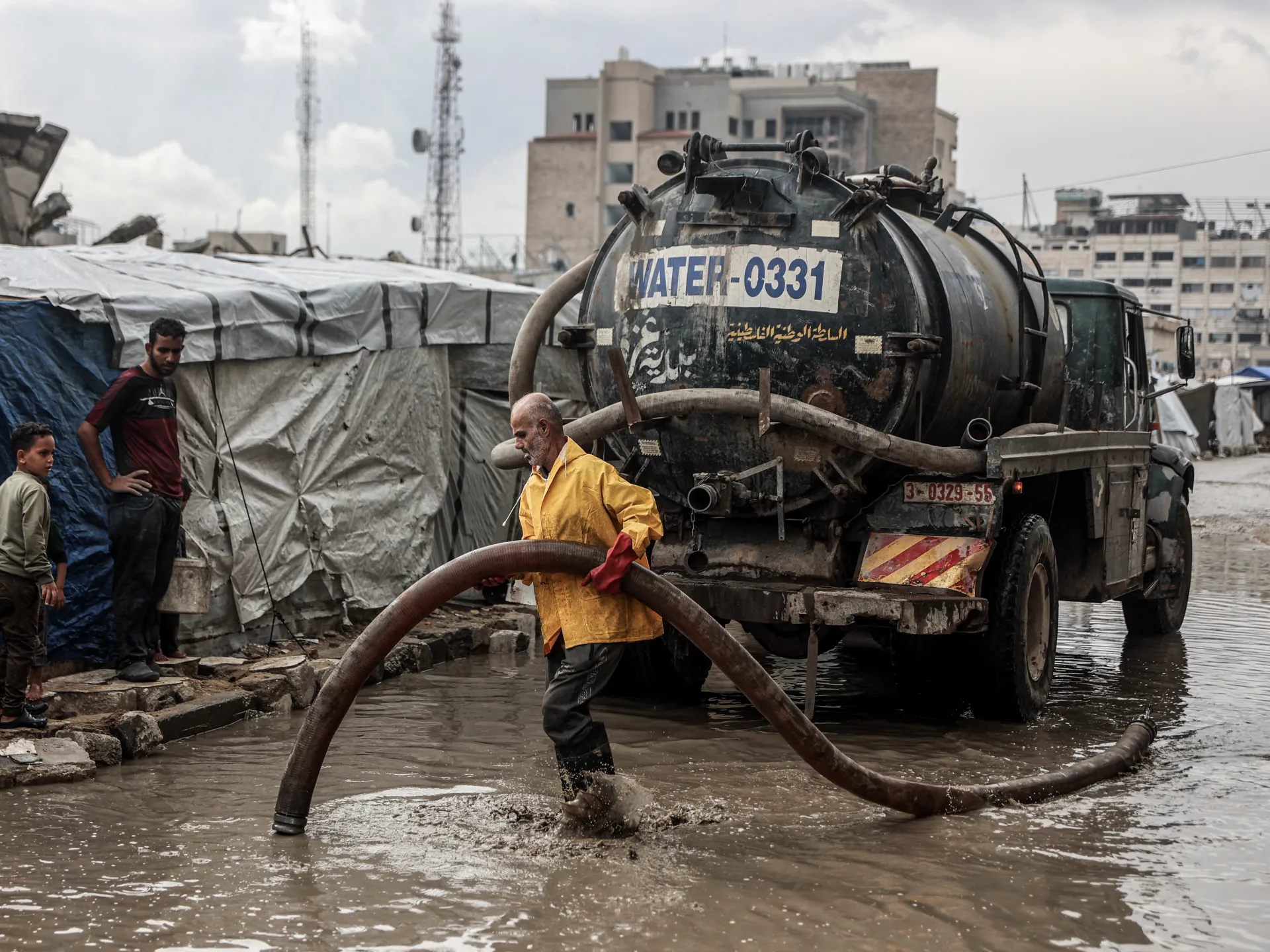The former head of UCLA’s football name, image and likeness collective on Thursday denied any impropriety related to a report that revealed efforts by the school’s athletic department to funnel NIL donations through his non-profit charity.
The story published by the muckraking college football website foiaball.com showed email communications from UCLA athletic department officials directing payments intended for Bruins for Life, the onetime NIL collective of the school’s football program, through Shelter 37 Inc., a tax-exempt charity that purports to empower home ownership and help local youth through a variety of activities.
Donating through Shelter 37 would provide a tax deduction not available to those giving directly to Bruins for Life — a standard practice in the NIL sphere — but it also raised questions about a potential conflict of interest and the control of funds given James Washington ran Bruins for Life until recently and remains the president of Shelter 37.
The story also questioned Shelter 37’s charitable endeavors and suggested that UCLA athletic department officials encouraged the evasion of Internal Revenue Service guidance regarding so-called donor-advised funds, directing money to Shelter 37 that couldn’t go to other firms taking a more conservative approach with regard to NIL rules.
Emails obtained by foiaball.com through a public records request showed nearly a half million dollars of donations intended for Bruins for Life going through Shelter 37, with school officials requesting that anyone who sent their money through the latter organization to specify that it be earmarked for football NIL.
Washington said there was nothing untoward about an arrangement that was approved by UCLA and involved full transparency.
“There’s nothing that’s happening between Shelter 37 and UCLA and Bruins for Life that’s in the closet,” Washington, a former UCLA safety who went on to win two Super Bowls with the Dallas Cowboys, told The Times. “Everything has been discussed, every move, every act that I’ve taken toward the NIL, every step — bookkeeping and everything — has been handled and handed over to UCLA.”
In a statement, a UCLA athletic department spokesperson said that “UCLA athletics operates with integrity and transparency, in a manner that is consistent with industry best practices. Our development team educates potential donors on a range of giving opportunities, including avenues to support our student-athletes.”
In what Washington described as an unrelated move confirmed by an athletic department official, UCLA recently shifted its football NIL operations to new leadership, allowing Bruins for Life to pivot into an alumni club for football. Washington said the Bruins for Life website was temporarily inactive as part of that transition and that it would still have an NIL component providing community outreach opportunities for football players.
Alongside longtime UCLA donor John Manuck, James had spearheaded the fundraising efforts of Bruins for Life when it debuted in October 2024 as the new NIL arm of UCLA football.
“It’s really exciting,” UCLA athletic director Martin Jarmond said at the time, “because it’s going to support our football student-athletes in a real positive way.”
The foiaball.com story contended that the Bruins for Life website stated that it was not a 501(c)(3) organization, meaning that any donations it accepted were not tax deductible. The website directed those wishing to donate to Shelter 37, a 501(c)(3) organization that said it could receive tax-deductible contributions.
The story reported that Shelter 37’s 2024 IRS 990 tax form, published by ProPublica, showed a revenue jump to $4.8 million in 2024, up from $800,000 the previous year. The document stated that $3.6 million had been raised for the Bruins for Life NIL program but only $200 for scholarships for at-risk youth.
Washington said that latter number was misleading because Shelter 37 was not a scholarship-based organization, even though it assisted at-risk children through a variety of community services. The Times reviewed one Shelter 37 tax document reporting nearly a combined seven figures spent on scholarships, education programs and housing.
“This is when people are not fact-checking,” Washington said, “and they’re just putting stuff out there and they’re just trying to make the story bigger than what it needs to be.”
Over the years, Washington said, Shelter 37 has held many community-based events such as turkey drives, football camps for inner-city kids and “I’m going to college” days in which the organization paid for buses to transport students to football games at the Rose Bowl.
The foiaball.com story contended that Shelter 37 was used as a workaround for donor-advised funds that were in limbo. One UCLA athletic department employee, informed of a denial of one donor-advised fund, forwarded the message to other internal fundraisers, along with a message saying, “Just as an FYI. Here is info for Shelter 37 for DAF gifts.”
A new home for donor-advised funds was needed after another NIL firm, Blue Print Sports, ceased its charitable operations in the wake of the IRS recommendation, its legal counsel citing “no path forward.” According to the documents reviewed by foiaball.com, a UCLA athletic department official sent an email to Washington not long after the IRS guidance was issued, informing him of a $15,000 donation through Bank of America that should be directed to Bruins for Life.
Washington said there was nothing illegal about accepting donor-advised funds and that every move made by his organizations was within the rules.
“Any dollar that was given to me, there’s a track record and we have a communication document that shows what came out and how it was received,” Washington said. “They [UCLA athletic officials] know exactly what came into accounts, they know exactly what came out because everything was disclosed and we were communicating and I was acting as a vessel during the time of the Wild, Wild West to try to help UCLA’s football program succeed in this new era of what we call the NIL.”




